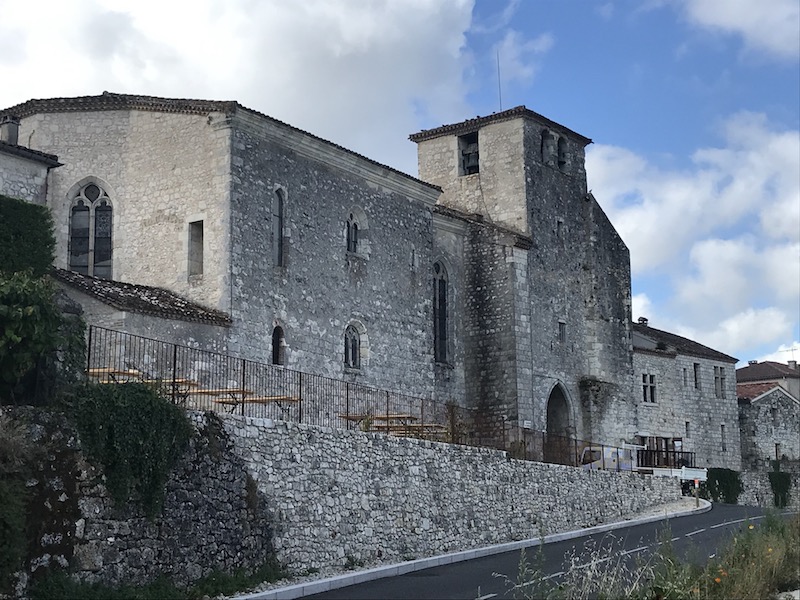Our Blog - Pujols-le-Haut, France
The medieval city of Pujols-le-Haut is perched at an altitude of close to 600 feet, overlooking the bastide of Villeneuve-sur-Lot. Very early in the history of mankind, men settled in Pujols, on a limestone plateau that ensured protection and security. The name of Pujols comes from the Gallo-Roman "Podiolus" meaning "high place".


It is quite a lovely, well-kept little village with a market hall in the main square.



We entered through one of the ancient gates of the ramparts, the English gate. It got its name from being the gate that the English left the city from after the Hundred Years War. Note the sign on the left-hand side of the gate .... no riding horses through the village!


It would seem that the first castle here was built in the 13th century, to defend against the sieges of the Normans and neighboring lords. A second castle was built a little later in order to defend against the English during the Hundred Years War. It was rebuilt to protect the town to the east where the shallow relief made it more vulnerable. Rectangular in shape, it was flanked by four towers and high walls. It was partly destroyed in the 19th century and the stones of the castle were sold to local entrepreneurs. The main thing that is left is this well-preserved round tower.


Saint-Nicolas Church dates from the 16th century and is in Gothic style. The bell tower actually encases one of the gates of the city so that the north face of the church is actually built into the line of the ramparts. Its interior architecture makes it one of the purest creations of this style in the region. It is pretty stark inside, but had some nice stained glass windows.






In the region, the succession of conflicts (Crusades, Hundred Years War, Wars of Religion) ravaged the towns. It was therefore necessary to rebuild the houses at a lower cost, which brought about the half-timbered house. The ones in town date from the 15th and 16th centuries. The ground floor, normally reserved for the shop or the workshop, was made of stone. Then the first floor served as a living space and the top floor as an attic, a storage space. These top two floors were made with wood frames and then filled in with either brick or other materials that then would be plastered over.



The bailiff was the representative of the authority of the king or the lord, responsible for enforcing the law and controlling the administration on his behalf. The house dates from the 15th century and is the highest in the village, to show the importance of the bailiff. It was also entirely built in stone, unlike other houses of the same period built in half-timbered. You can also see the mullioned windows.

The Church Sainte-Foy-la-Jeune was built in the late 15th century. You can see the picnic tables in a little yard area behind the church ... they were having a special night-time festival that evening and had setup tables all over the village for the event. This building is especially remarkable for the murals, which date from the 15th and 16th centuries. They were rediscovered at the end of the 19th century and a restoration was started. There are representations of the tree of Jesse, the martyrdom of Saint Blaise, the martyrdom of Saint Barbara, the Assumption of the Virgin, and even Saint George slaying the dragon. It is no longer a church and there was an art exhibition that day.






